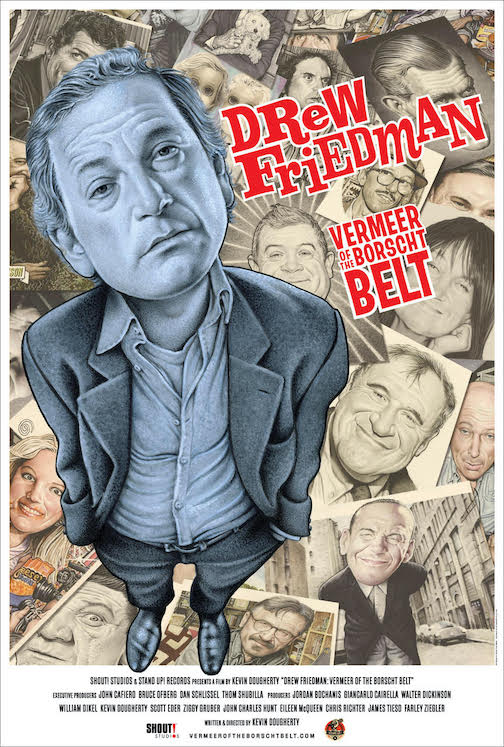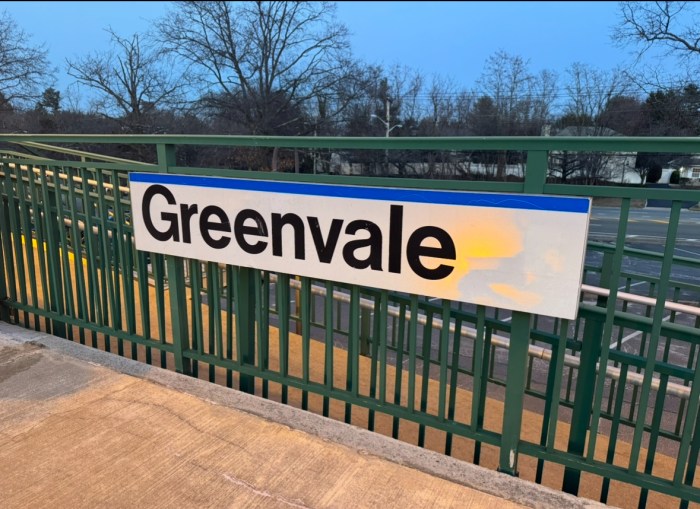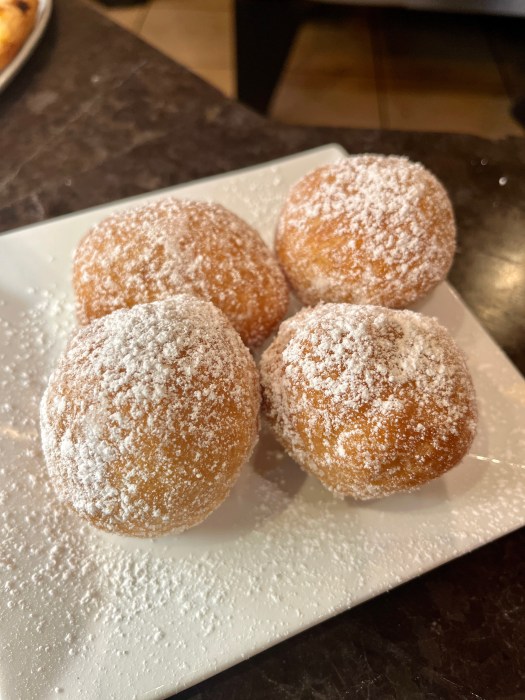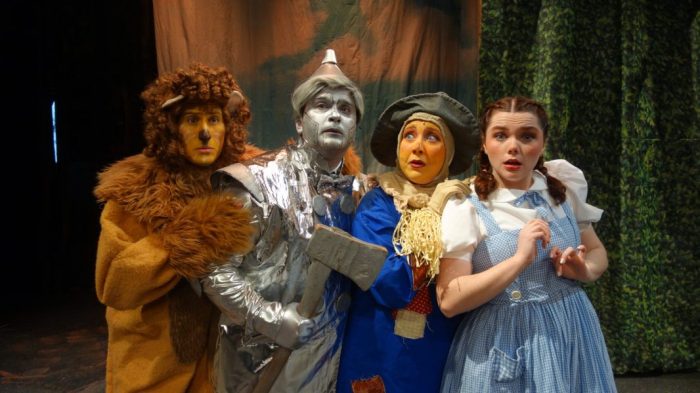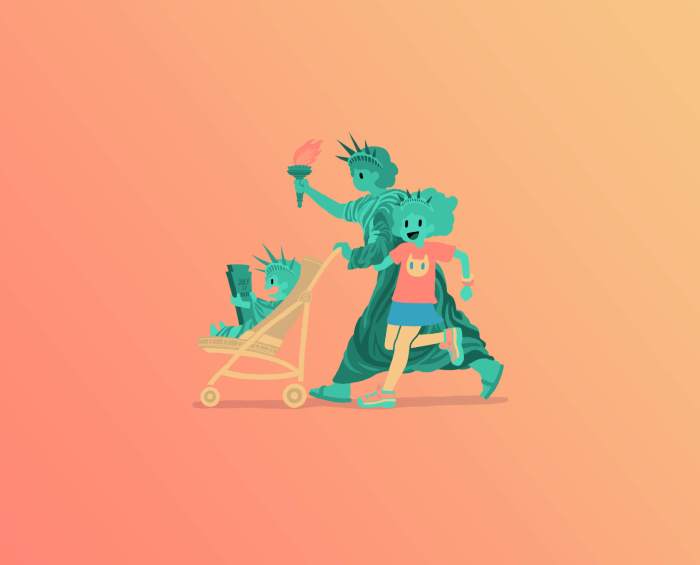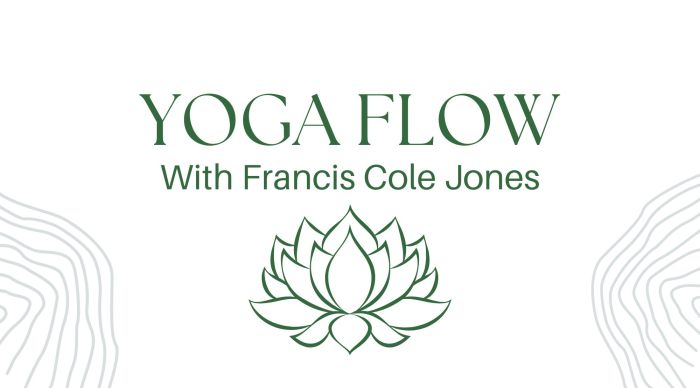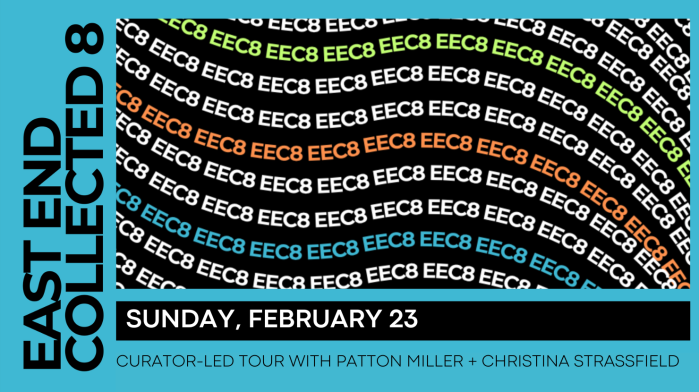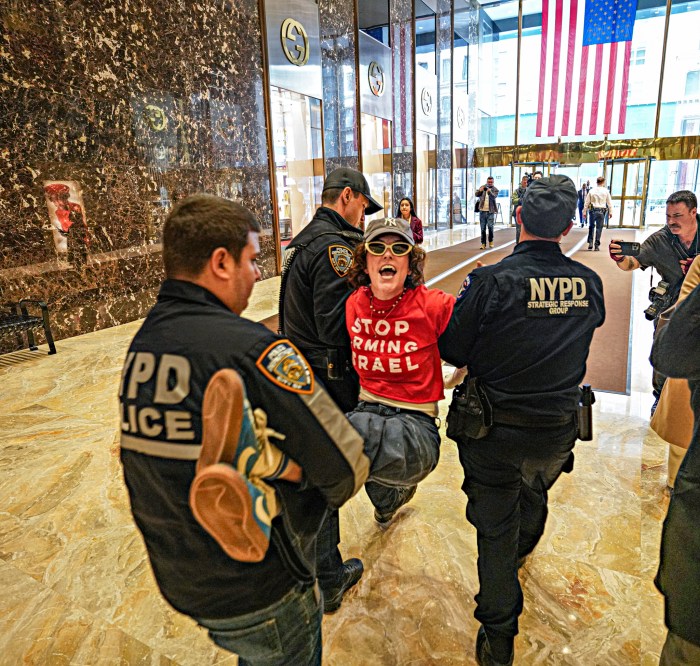Drew Friedman’s distinct style, often characterized by its hyper-detailed illustrations of pop culture figures, Jewish comedians and figures from his own life, has made him a celebrated figure in the world of illustration. But for years, the artist known for his work in “Mad Magazine,” “The New Yorker” and countless other publications, resisted the idea of a documentary about his life and career.
“I was resistant to it originally when [director] Kevin Dougherty proposed the idea,” Friedman admitted. “I’m a pretty private person, and honestly, I thought a documentary about an artist’s life would be boring. You sit at a desk and draw all day. It’s just not that exciting. But, over time, I came to trust Kevin and what he was doing with the film. Now, I’m happy with how it turned out.”
Friedman’s journey from drawing as a child in Glen Cove to becoming a renowned illustrator is the focus of “Drew Friedman: Vermeer of the Borscht Belt,” which is set to be released through Shout Factory. While an official streaming release date has not been confirmed, Dougherty has shared that there will be a theatrical screening at the Aero Theatre in Los Angeles at the end of March.
The documentary not only dives into Friedman’s artistic career but also reflects on his early influences and connection to Long Island. He recalls, “I was born in Glen Cove, but we moved to Great Neck when I was seven. My parents were incredibly supportive of my passion for drawing. I was always sketching and they never discouraged it. They gave me art supplies and kept me in art schools.”
These early years, spent on the North Shore of Long Island, would lay the foundation for Friedman’s creative career, even though his upbringing didn’t always foster artistic recognition.
Friedman was often a solitary figure in his artistic pursuits, even from a young age.
“I drew all the time, but my teachers didn’t support my work because I was drawing crazy faces inspired by ‘Mad Magazine,’” he recalled. “It wasn’t until I went to art school in Manhattan, at the School of Visual Arts, that I met teachers like Art Spiegelman and Harvey Kurtzman, who recognized my dedication and published some of my early work.”
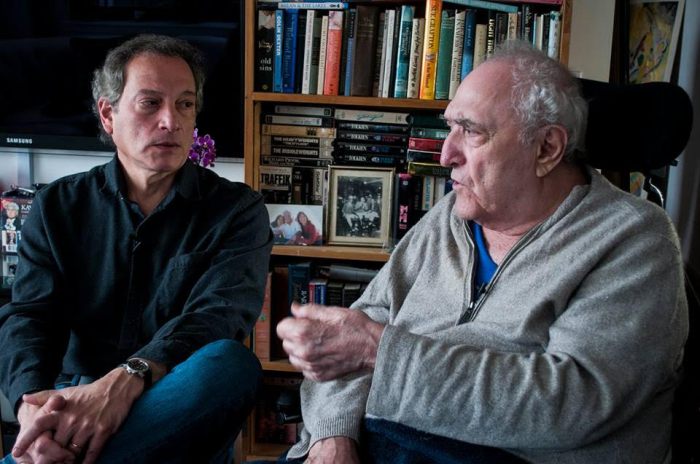
Despite his initial hesitation toward the documentary, Friedman reflected on the experience warmly. “I wasn’t sure what to expect, but people who have seen the film seem to like it. It captures who I am and what I do pretty well. I think it’s a pretty honest portrayal,” he said.
His raw and candid approach to his illustrations, particularly his unflinching portrayals of public figures, is one of the things that has made his work so distinct.
“Drew’s stuff is exquisitely executed, but it’s more than just cool looking pictures. Drew’s body of work honors a forgotten history of show business and popular culture,” Dougherty said. “And Drew genuinely loves that stuff; he’s not taking cheap shots. It’s done with real affection for what those strange characters have done.”
When asked about how his subjects feel about his depictions of them, Friedman had mixed reactions.
“Some people love it, but others have had issues,” he admitted. “Take Woody Allen, for example. I’ve heard from mutual friends that he didn’t appreciate how I exaggerated certain features. But, honestly, I don’t feel too bad about it. It’s what I saw in him.”
Similarly, Friedman reflected on his portrayal of Harvey Weinstein before his fall from grace. “I drew him with exaggerated pockmarks and a bloated face for ‘Entertainment Weekly,’” he explained. “At the time, I felt bad about it, but after everything that happened, I didn’t feel so guilty about it.”
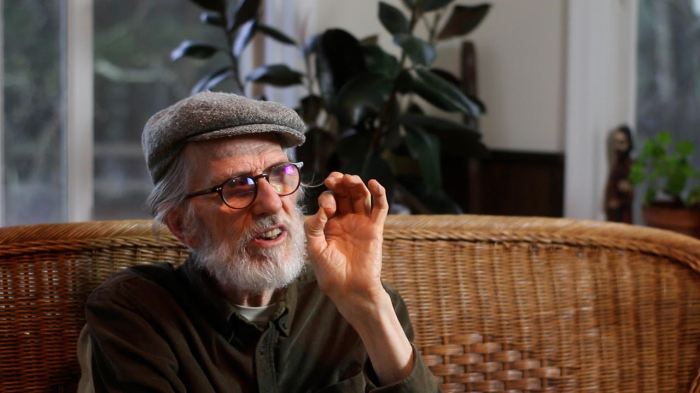
As the documentary explores Friedman’s transition into a more selective phase of his career, his reflections on staying inspired become central to understanding his artistry.
“I go through phases where I become obsessed with one subject and get it out of my system by creating a book or artwork about it,” he said. “But I’m also slowing down. I’m more selective now about the work I take on. Mostly, I do private commissions and print work.”
Friedman’s passion for drawing Jewish comedians, a theme that’s recurred throughout his career, shines through in his latest work, “Schtick Figures: The Cool, the Comical, the Crazy.”
“It’s a subject I keep returning to, “ Friedman said. “It’s something I’ll never tire of and I’m adding new illustrations to that body of work. It’s like a bucket list for me–drawing people like Lenny Bruce and Larry Cohen, people I’ve always wanted to illustrate.”
Friedman briefly touched on the challenges of navigating the modern world of illustration.
“With AI art becoming more prominent, it’s harder for illustrators to find work,” Friedman admitted. “I wouldn’t know if I’d recommend pursuing it as a career anymore. It just doesn’t feel the same. When I started, there were so many places to publish work and now, there’s just less opportunity.”
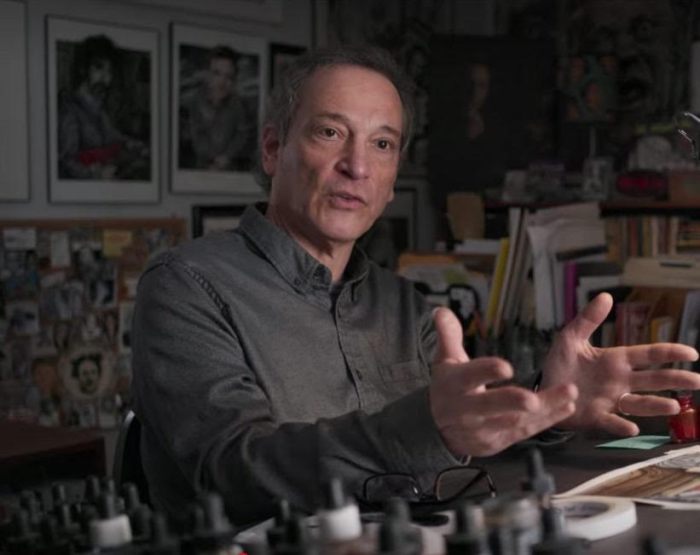
Friedman is particularly outspoken about his distaste for AI-generated artwork.
“It’s heartless,” he said. “It lacks soul. You can always tell when it’s AI—it’s just off and it doesn’t have the same emotional depth that human-created art does.”
For aspiring illustrators, Friedman’s advice is to follow their passion, even in the face of new challenges.
“The most important thing is to stay true to yourself and pursue what excites you. If you’re doing work you love, that’s the key to success. But with AI taking over so much of the industry, it’s a different world now,” Friedman shared. “It’s tough, but if you’re passionate about it, you should still go for it.”
Those interested in catching the upcoming theatrical screening in L.A. or following the film’s eventual release should stay tuned for more details, which will be available soon via Shout Factory’s website (www.shoutfactory.com).




